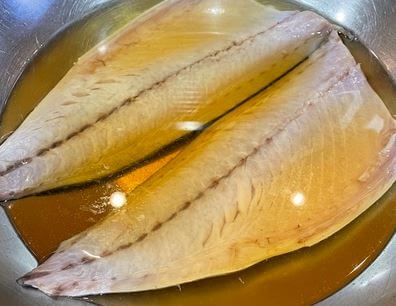
Sashimi (刺身) is a Japanese dish made by removing the inedible head, bones, skin, fins, and tail from seafood such as fish, squid, octopus, or shellfish, and in some regions from meats like whale, horse, or chicken, and then slicing it into small, easy-to-eat pieces.
Sashimi is sometimes mistaken for sushi without the rice, but the two are considered distinct dishes in Japanese cuisine. Sushi refers to vinegared rice combined with seafood or other toppings, while sashimi focuses solely on the sliced seafood (or other ingredients) itself, served without rice.
It is considered the ultimate washoku dish, but why is such a simple and uncooked dish regarded so highly? Although sashimi is often described as “raw,” it does not always mean completely uncooked. Some varieties are lightly seared on the surface (aburi) or briefly blanched in hot water (yubiki) to enhance flavor, aroma, or texture while keeping the interior mostly raw.
In Japan, ingredients that are fresh enough to eat raw are considered more valuable, and sashimi preparation in particular requires substantial labor and technique. Seafood served as sashimi must meet strict hygiene and safety standards. Depending on the species, it may be flash-frozen at −20°C (−4°F) or lower for a set period to eliminate parasites, as required by food safety guidelines. From the moment it is caught, the fish is handled to minimize bacterial growth, often using the ikejime method to stop nerve activity and preserve texture. It is then transported under strict temperature control, prepared with sterilized knives and cutting boards, and served immediately to maintain peak freshness and flavor. These measures ensure that sashimi is both safe to eat and of the highest possible quality.
Its preparation begins when the fish is first taken out of the sea. The fishermen perform Ikejime, a technique that shuts off the fish’s neurotransmission in order to preserve freshness and texture while the fish matures.
Each fish has its peak, which is referred to as shun (season), and chefs train for years to develop their ability to determine whether a fish is fresh and its peak. The carefully selected fish is cut into smaller pieces in one stroke with a sashimi boucho (knife), which creates a smooth surface. If the meat is cut with an unsharp knife, it will be crushed and the result will be watery and tasteless.
The chefs pursue pleasing texture, ease of eating, and delicious flavors by varying the thickness of cuts and cutting techniques, depending on the type of seafood they work with.
It is popularly served with soy sauce and condiments such as wasabi, and such garnishes as shiso and shredded daikon radish.
As an aside, sushi restaurants offer a variety of sashimi cuisine. You can order them as assortments, not to mention as single dishes of tuna, sea bream, squid, horse mackerel, or shellfish among others. If the shop has seasonal fish in stock, it might be a good idea to leave your order to the chef.
Origin of the Word “Sashimi”
There are several theories about the origin of the term sashimi, but one of the most widely accepted and convincing explanations is as follows.
The Japanese have been eating fish since ancient times, but sashimi as a distinct dish became popular after the invention of soy sauce. Soy sauce was developed in the late Muromachi period (14th–16th century) in the Kishu region and later introduced to Edo (present-day Tokyo). At first, it was extremely expensive and only accessible to the wealthy, but over time it became more affordable and spread among the general public. As soy sauce became a common seasoning, sashimi also gained popularity among ordinary people.
In preparing sashimi, the head, tail, skin, and bones are removed, and the flesh is sliced into small, bite-sized pieces. This makes it difficult to tell what kind of fish it is just by looking at the plate. In the past, to identify the fish, chefs would cut off one of its fins and place or “stick” it beside the slices as a garnish. In Japanese, the word sasu (刺す) means “to stab” or “to stick,” and mi (身) means “flesh” or “meat,” so this practice is believed to have given rise to the name sashimi (刺身).
[sc_apply url=”https://sushiuniversity.jp/apply/”]
We hope this information will be helpful.

Revision date: August 14, 2025
Share this article
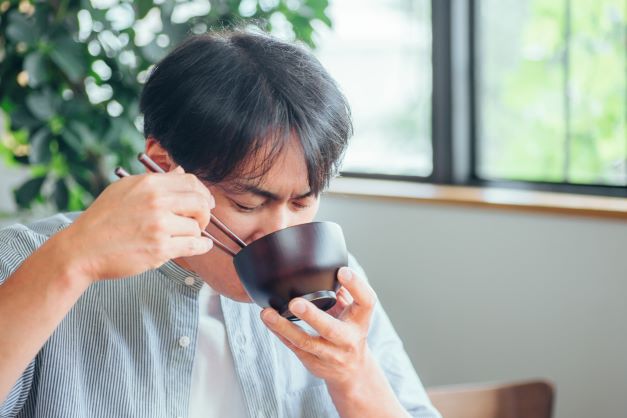
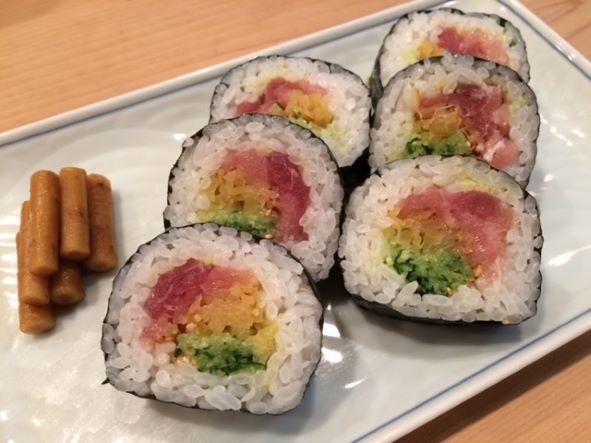
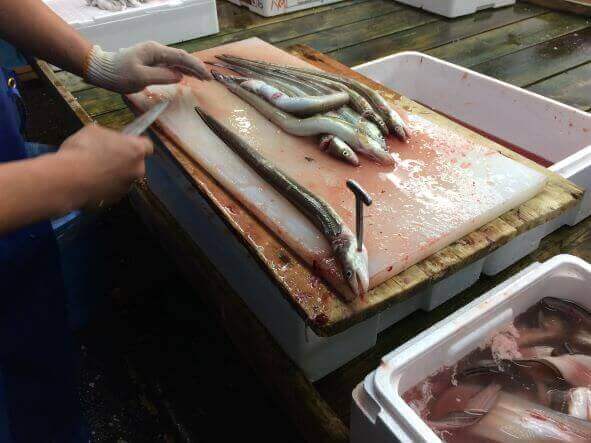
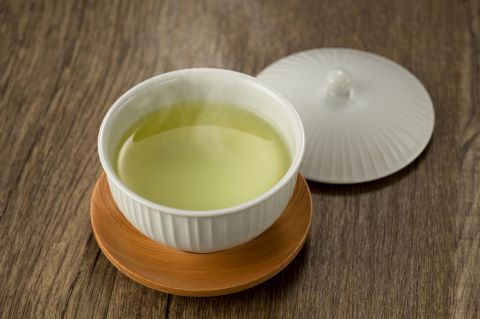
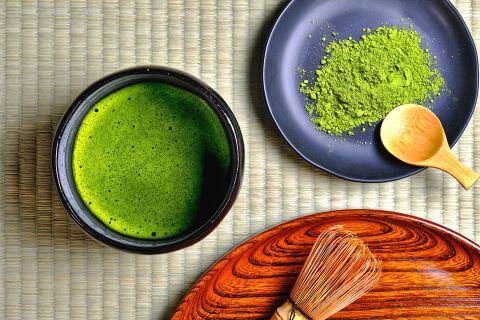
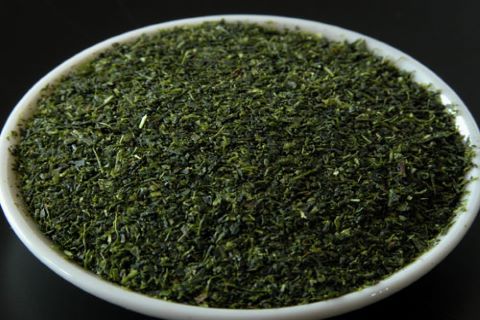
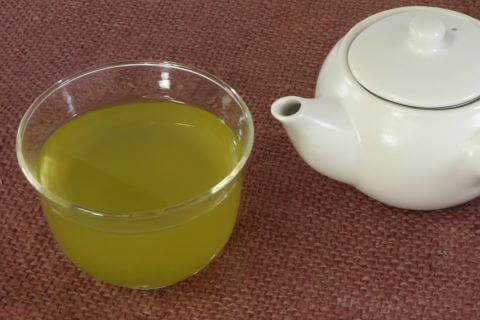
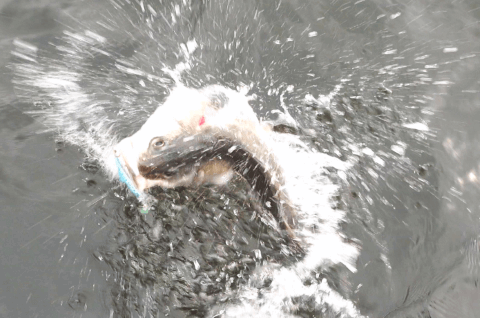
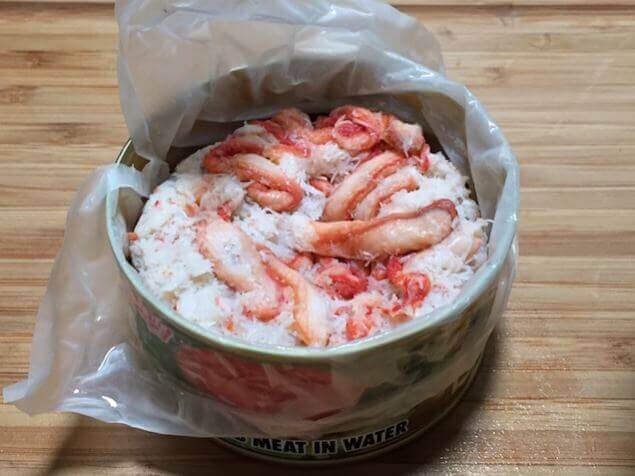
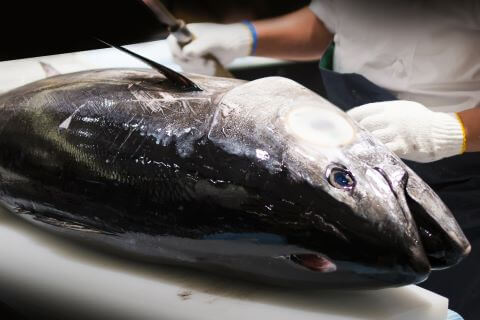 There are three elements that make good quality Kuromaguro(Bluefin tuna).
There are three elements that make good quality Kuromaguro(Bluefin tuna).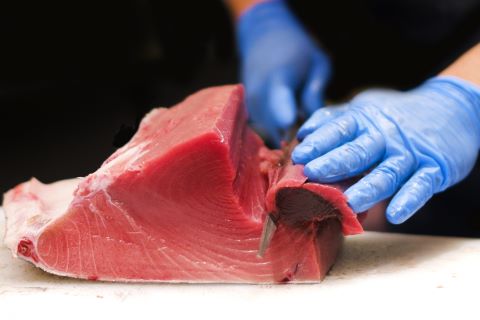 First of all, color does not simply refer to the color of the cross-section when the fish is cut with a butcher knife.
First of all, color does not simply refer to the color of the cross-section when the fish is cut with a butcher knife.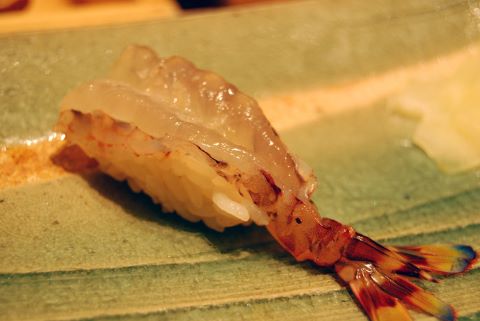
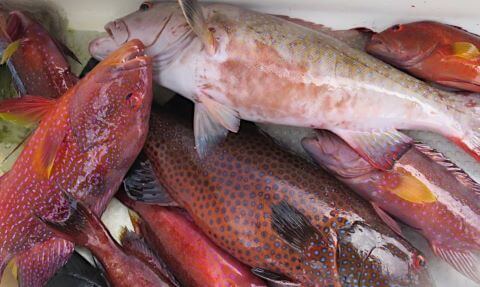
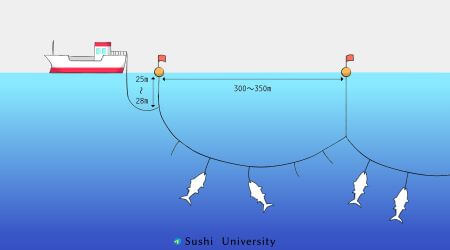 Tuna fishing methods include Purse seine fishing, Fixed-net fishing, Drift-net fishing and Longline fishing, among others. Ocean fishing for tuna in the South Pacific Ocean,
Tuna fishing methods include Purse seine fishing, Fixed-net fishing, Drift-net fishing and Longline fishing, among others. Ocean fishing for tuna in the South Pacific Ocean, 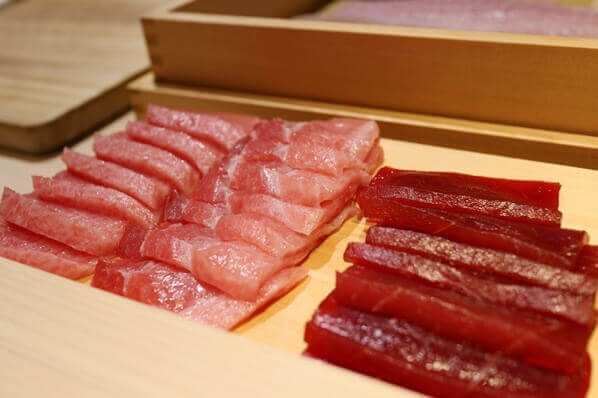 Naturally, the
Naturally, the  For example, every Frenchman knows that
For example, every Frenchman knows that 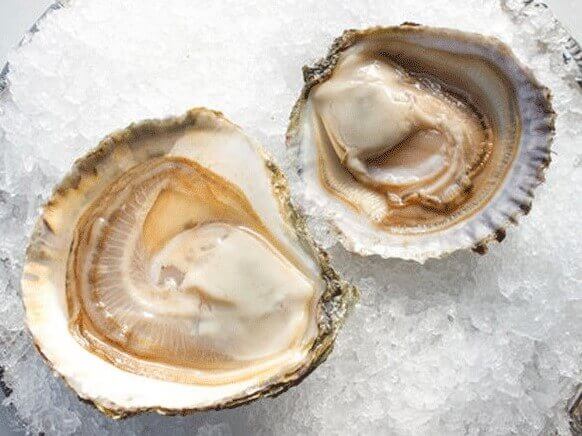 Famous for its Belon brand name, the oyster native to Europe has a flat, rounded shell. It belongs to the genus Ostrea. To be honest, Belon oysters aren’t sweet and don’t have a distinguished flavor compared to Japanese oysters, and the salty fragrance of the sea is dulled, so it can seem less flavorful.
Famous for its Belon brand name, the oyster native to Europe has a flat, rounded shell. It belongs to the genus Ostrea. To be honest, Belon oysters aren’t sweet and don’t have a distinguished flavor compared to Japanese oysters, and the salty fragrance of the sea is dulled, so it can seem less flavorful.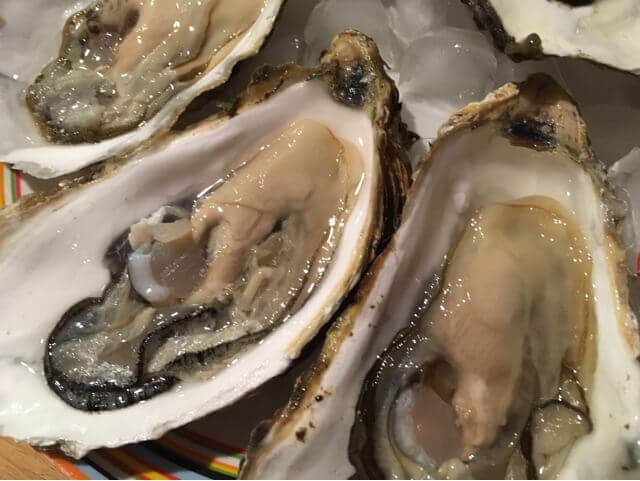
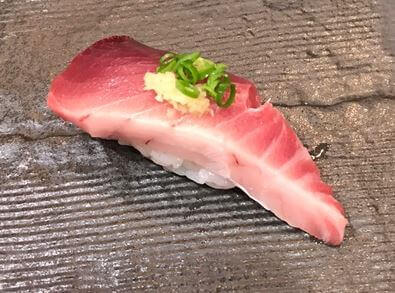 In recent years, sushi menus have seen an explosion of creative names, many of which begin with the word “Toro.” But what exactly is “Toro katsuo (Torogatsuo),” and does it truly deserve the prestigious Toro label?
In recent years, sushi menus have seen an explosion of creative names, many of which begin with the word “Toro.” But what exactly is “Toro katsuo (Torogatsuo),” and does it truly deserve the prestigious Toro label?